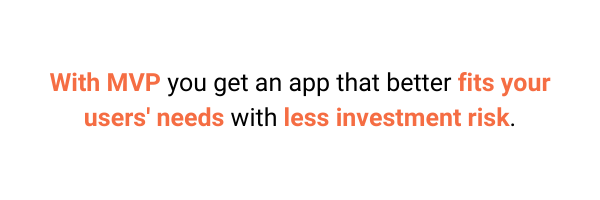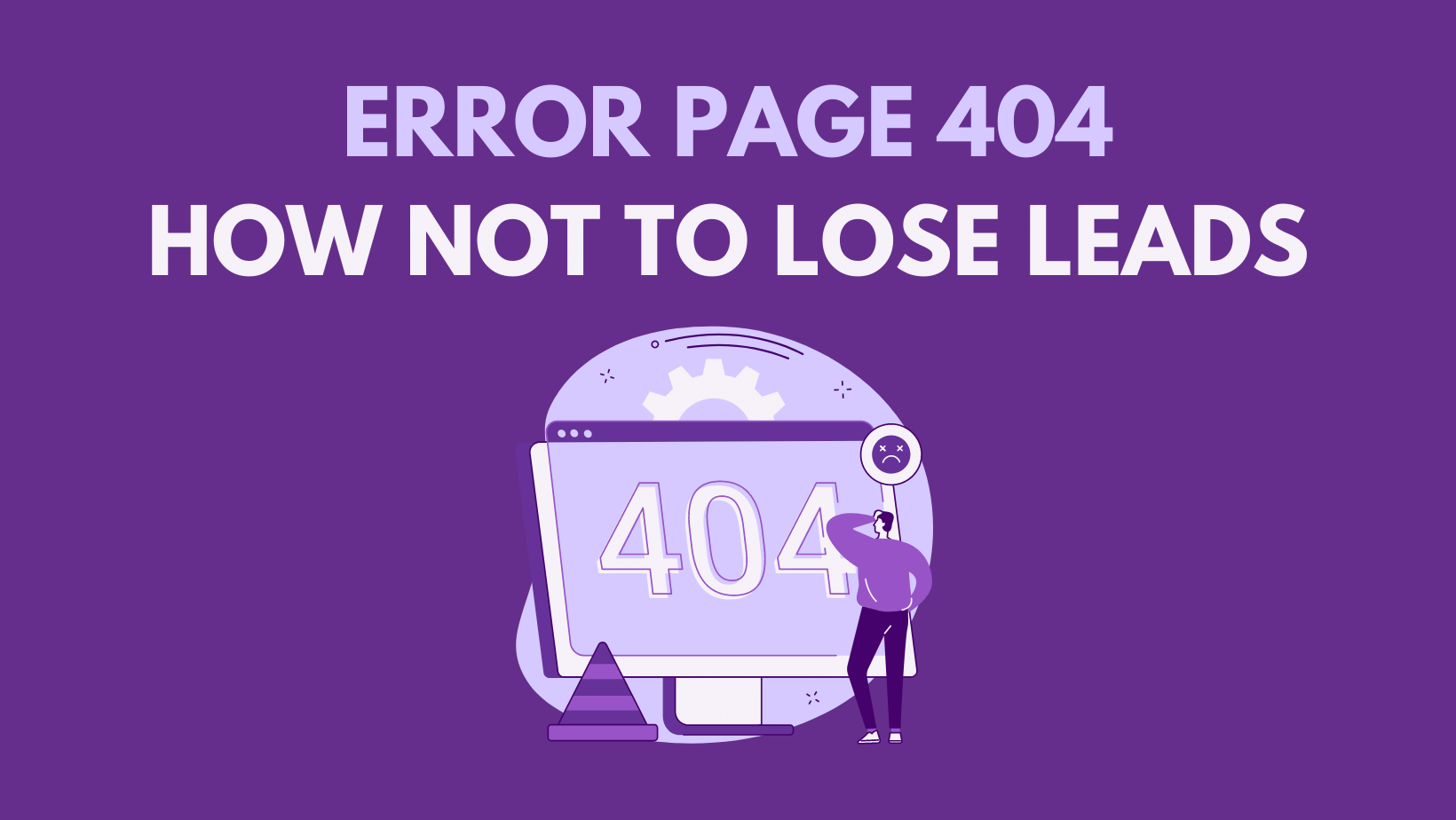MVP in App Development: Validate Your Idea Correctly
3 min read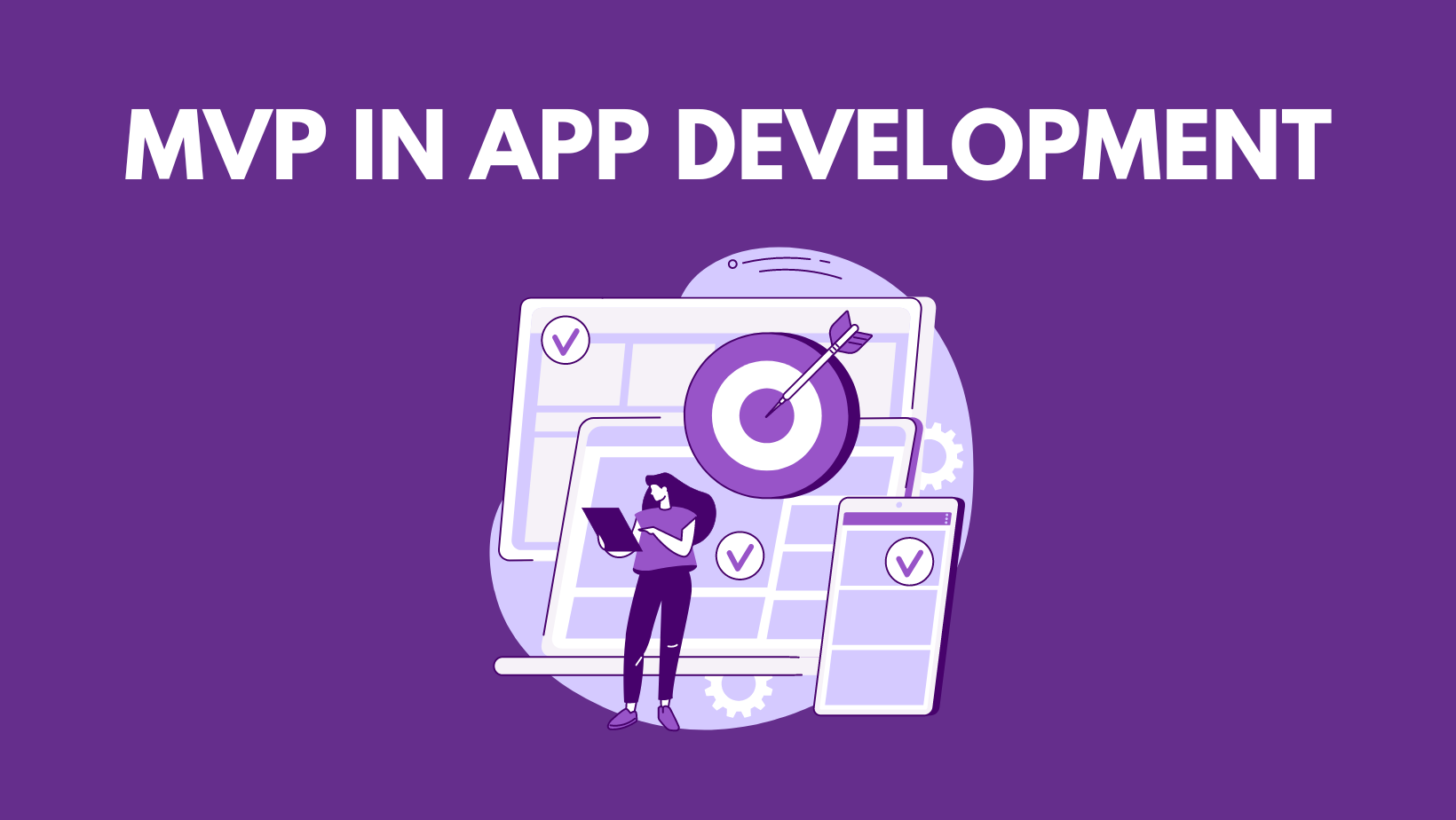
The development of a new application is demanding and can take several months. Many entrepreneurs still embark on this process without guaranteeing that users will like the app. How to approach the whole problem more smartly? Let's develop an MVP first.
What is MVP?
MVP stands for a minimum viable product. It's the simplest possible version of an app that contains only the most essential features yet delivers clear value to users.
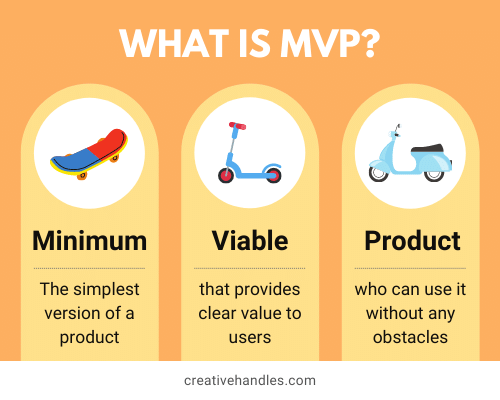
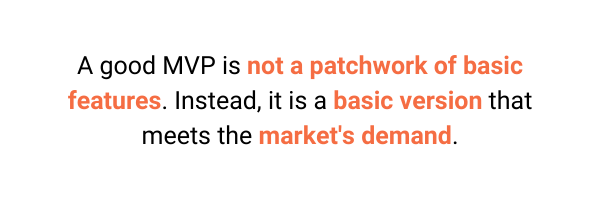
- functionality - the application delivers a specific benefit to the user,
- appearance - the design of the MVP must meet modern standards,
- reliability - the application undergoes thorough testing,
- usability - the MVP is easy to use and satisfies users' needs despite the lower number of features.
MVP is a great tool to get feedback on your application and a stepping stone for its bright future. That's why it also pays to be clear about how you will measure the success of your MVP.
Benefits of MVP
When developing an app using MVP, the customer stands at the core of the whole process. This way, an app reaches users sooner, and both idea owners and developers get valuable feedback for the future direction of development.
The result is a product that contains the features your customers want. And you'll save money on development by using your budget efficiently.
Why does MVP pay off for most clients?
- faster app development - and therefore sooner revenues coming from the app,
- cost saving - you don't waste money on unnecessary features,
- minimized investment risks - in case of application failure, the losses are not so markable;
- easier MVP modifications - reworking a released application costs much more
- app tailored to users - thanks to the emphasis on feedback, the final product better matches the users' needs
- faster bug fixing - the product is continuously tested and debugged
App development using MVP
At Creative Handles, we work with MVPs as part of agile application development. Based on a consultation with the client, we create an MVP proposal, which is the first step to the final product. It is crucial to clarify together who the target audience of the app is, as well as what user needs the new product is supposed to address.
Interested to know more about steps of app development? Read How to Make an App - 5 Fundamental Steps
We then divide the MVP development into several parts (sprints). We develop and test new features during each sprint and present the work to the client at the end of each sprint. We then adapt the work in the next sprints based on their feedback. Finally, after we release the MVP, we work on other application versions in the same way.
For who is MVP suitable?
With MVP, you get an app that better fits your users' needs with less investment risk. Therefore, this concept is best suited for innovative projects and startups.
MVP and agile development are more demanding on client time – so a different approach may be more appropriate for smaller projects without a unique concept. Overall, MVP saves costs in most other cases and gets you a working application much quicker than different approaches.
It's probably not surprising that famous apps like Facebook, Uber, or Spotify started as MVPs. Most of the Creative Handles projects are also created in a similar way.
Do you have a great idea for an app? Our experts will help you turn it into reality. Schedule a free consultation where we'll discuss the process with you.
The original article was written in Czech by Martin Hudec.


